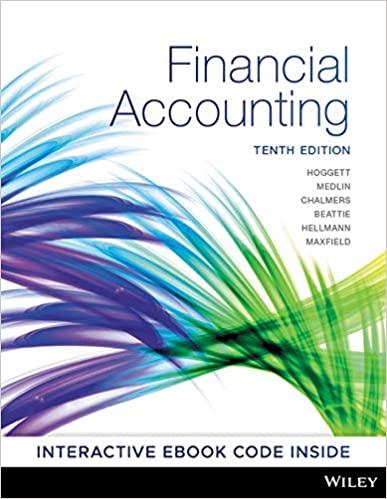Question
heres the data = Develop an estimated regression equation using annual income ($1000s) as the independent variable and annual credit card charges as the dependent
heres the data 

= Develop an estimated regression equation using annual income ($1000s) as the independent variable and annual credit card charges as the dependent variable. (Round your numerical values to the nearest integer.)
Compute R2. (Round your answer to three decimal places.)
R2 =
Develop an estimated regression equation using household size as the independent variable and annual credit card charges as the dependent variable. (Round your numerical values to the nearest integer.)
=
Compute R2. (Round your answer to three decimal places.)
R2 =
Develop an estimated regression equation with annual income and household size as the independent variables. (Let x1 represent the annual income ($1,000s), x2 represent the household size, and y represent the annual credit card charges. Round your numerical values to the nearest integer.)
=
Compute
Ra2.
(Round your answer to three decimal places.)
Ra2 =
REALLY NEED HELP WRITING THE CASE REPORT PLEASE HERES INFORMATION
For the written report, you will need to answer the following three questions using the techniques you have learned in class (as those are the questions posted on WebAssign HW6-Q7 as well): Does a regression with annual income as the independent variable show an effect on credit card spending? Does a regression with household size as the independent variable show an effect on credit card spending? Does a regression containing both aforementioned independent variables show an effect on credit card spending? The written report will consist of two general sections. The first is a brief writeup addressing the issues at hand followed by a paragraph for each of the questions. In the paragraph be sure to summarize your results (especially in terms of business implications) and touch on the following: What is the question being answered? [E.g., we would like to study whether a familys annual income as the independent variable affects their credit card spending.] What statistical techniques were used to answer the question? What values (F-statistics, R2 , etc.) did you used to draw your conclusions? How could this impact the business? Which appendix has the information for this question?
Income ($1000s) 54 30 Household Size 3 Amount Charged ($) 4,016 3,159 5,100 4,742 2. 2 32 4 50 5 01 31 2 2 1,864 4,070 55 2 37 1 2,731 40 2 3,348 4,764 66 4 51 3 4,110 25 3 4,208 48 4 27 1 33 2 4,219 2,477 2,514 4,214 4,965 65 3 63 4 42 6 4,412 21 2 2,448 44 1 37 5 62 6 02 2,995 4,171 5,678 3,623 5,301 21 3 55 7 42 2 3,020 4,828 41 7 54 6 5,573 30 1 2,583 3,866 48 2 34 5 67 4 3,586 5,037 3,605 5,345 50 2 2 6 67 5 55 6 52 2 2 5,370 3,890 4,705 62 3 64 2 22 3 29 4 39 2 2 35 1 4,157 3,579 3,890 2,972 3,121 4,183 3,730 4,127 2,921 39 4 54 3 3 23 6 co 27 2 26 7 7 4,603 61 2 4,273 3,067 30 2 22 4 3,074 4,820 46 5 66 4 5,149Step by Step Solution
There are 3 Steps involved in it
Step: 1

Get Instant Access with AI-Powered Solutions
See step-by-step solutions with expert insights and AI powered tools for academic success
Step: 2

Step: 3

Ace Your Homework with AI
Get the answers you need in no time with our AI-driven, step-by-step assistance
Get Started


